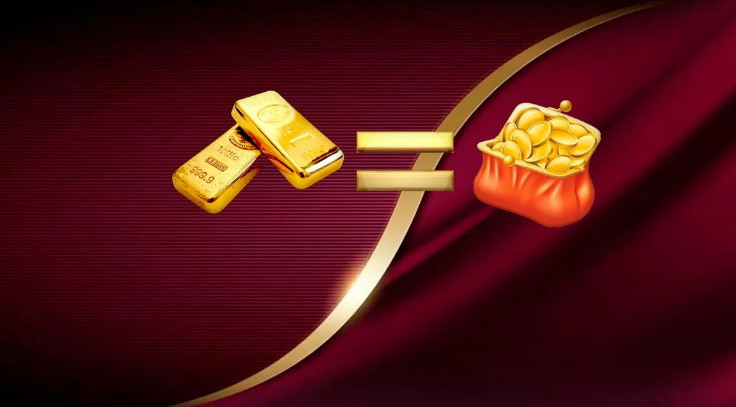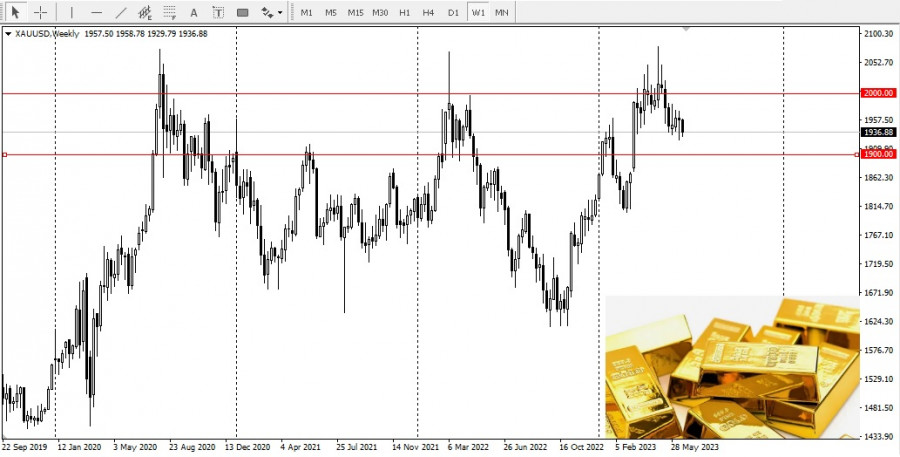

Central banks of many countries around the world appear to be preparing for a new monetary regime. Reportedly, in the first quarter of 2023, they added 228 tonnes to their gold reserves, following last year's record-breaking purchase of 1,136 tonnes. This kept prices above $1,900 despite the hawkish position of the Federal Reserve.

Over the past two years, central banks have not only become a huge source of demand but also a driving force throughout the decade. In 1930, 1968, and 1998, changes in the monetary and credit regime had a significant stimulating effect on commodity prices. This could be the same in this decade.
This means that dollar may be on the brink of losing its status as a reserve currency, which will cause a massive shock to markets.
Countries also began to move away from dollar, with Brazil readying to settle trade in agricultural products with China in yuan, France's TotalEnergies selling its LNG to China in yuan, and Saudi Arabia talking about settling oil payments in yuan. However, these cannot be classified as a change in the monetary regime because China has a closed capital account, and countries trading in yuan cannot exchange it.
Any move by China to oust the US dollar as a reserve currency should include some degree of gold convertibility. Foreign holders could convert part of their positive trade balance in yuan into gold through the Shanghai Gold Exchange. Central banks buy gold because of this.
In fact, China took serious steps to increase its gold reserves by purchasing gold. Since November 2022, it acquired 144 tonnes of gold, so it currently amounts to about 2,092 tonnes.
Perhaps, by the end of the year, gold will surpass $2,000.